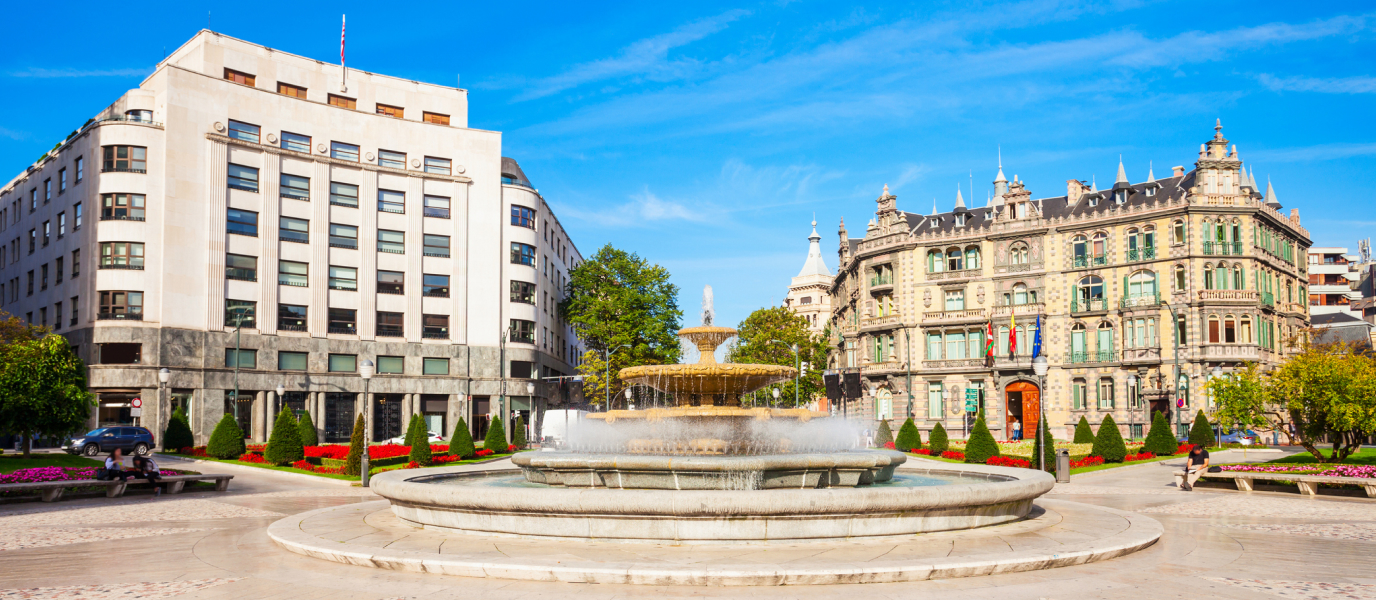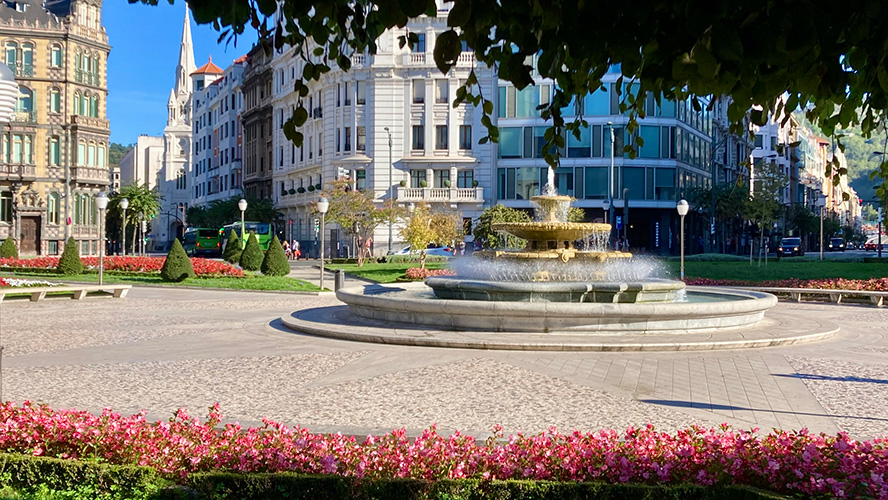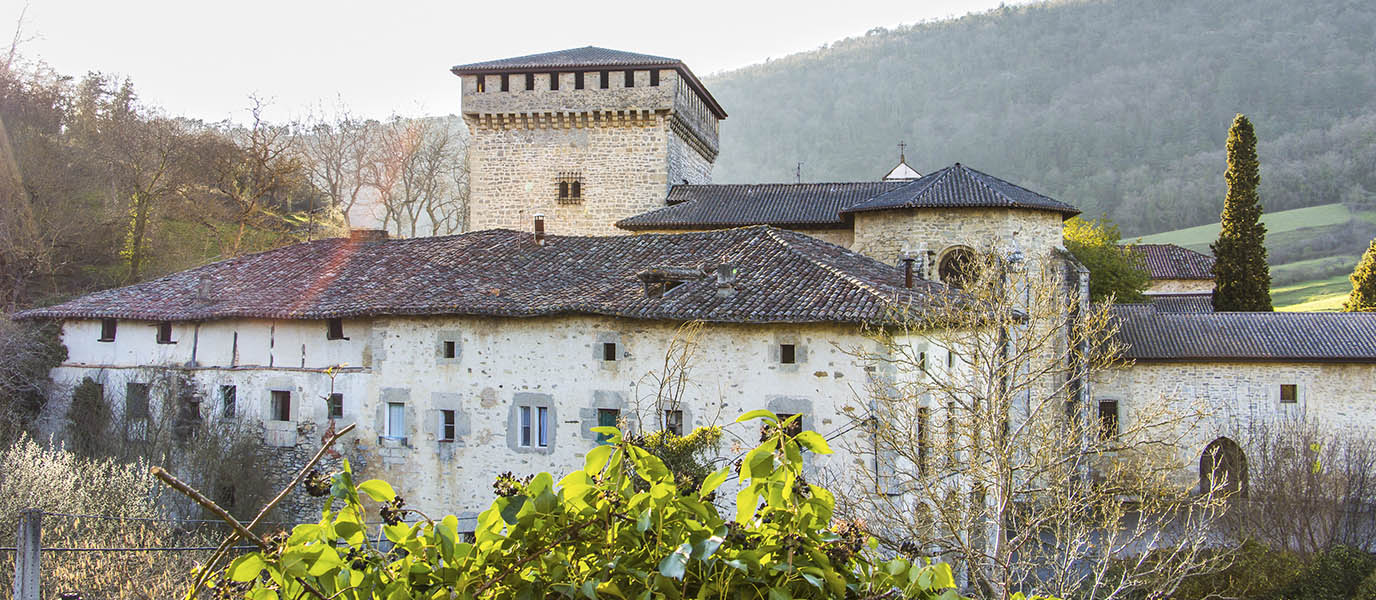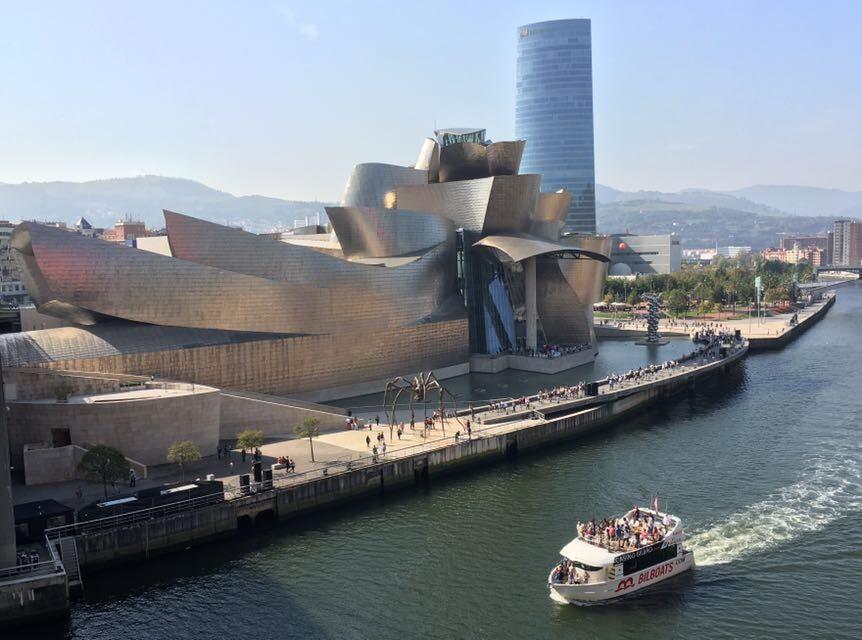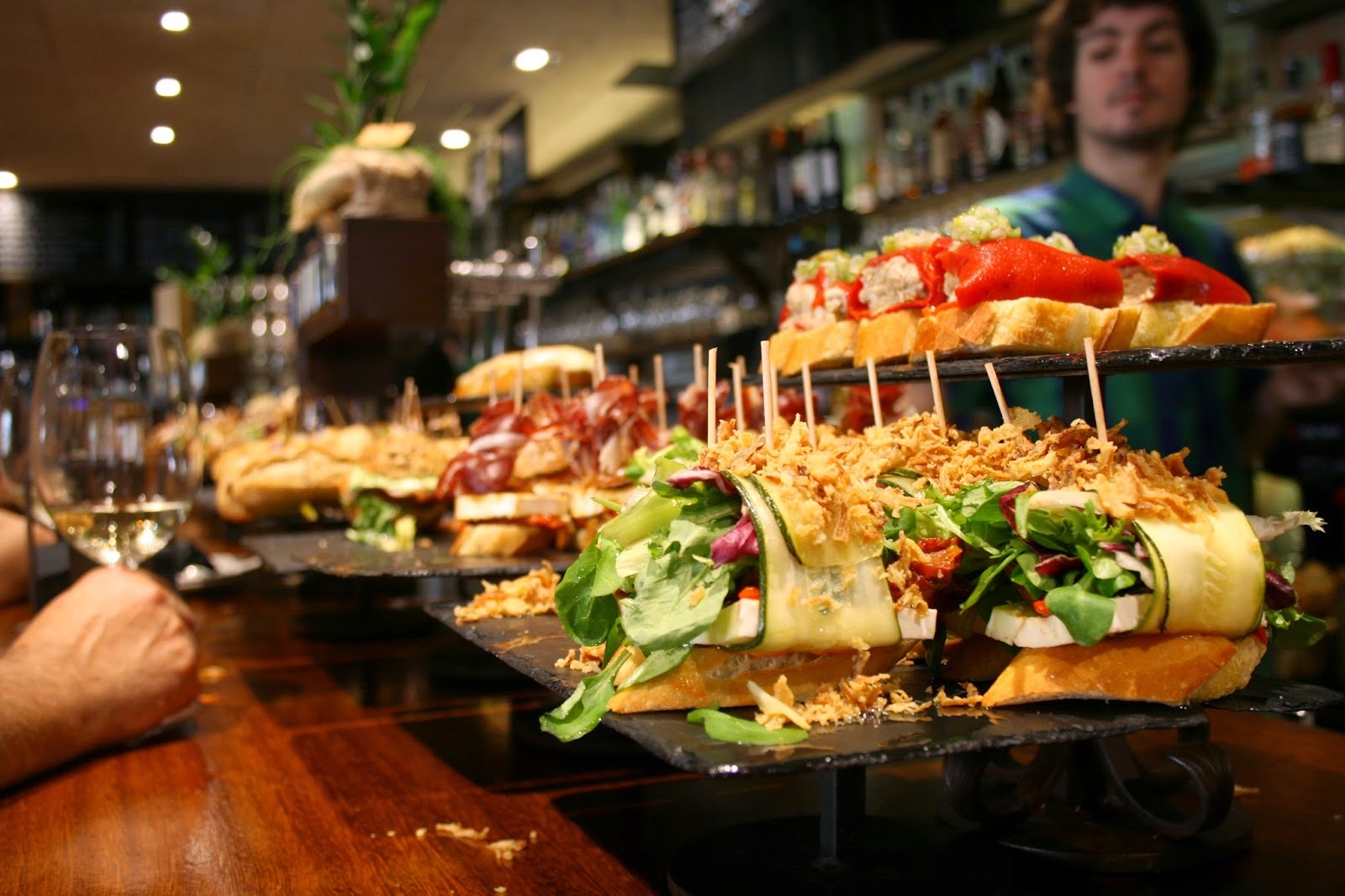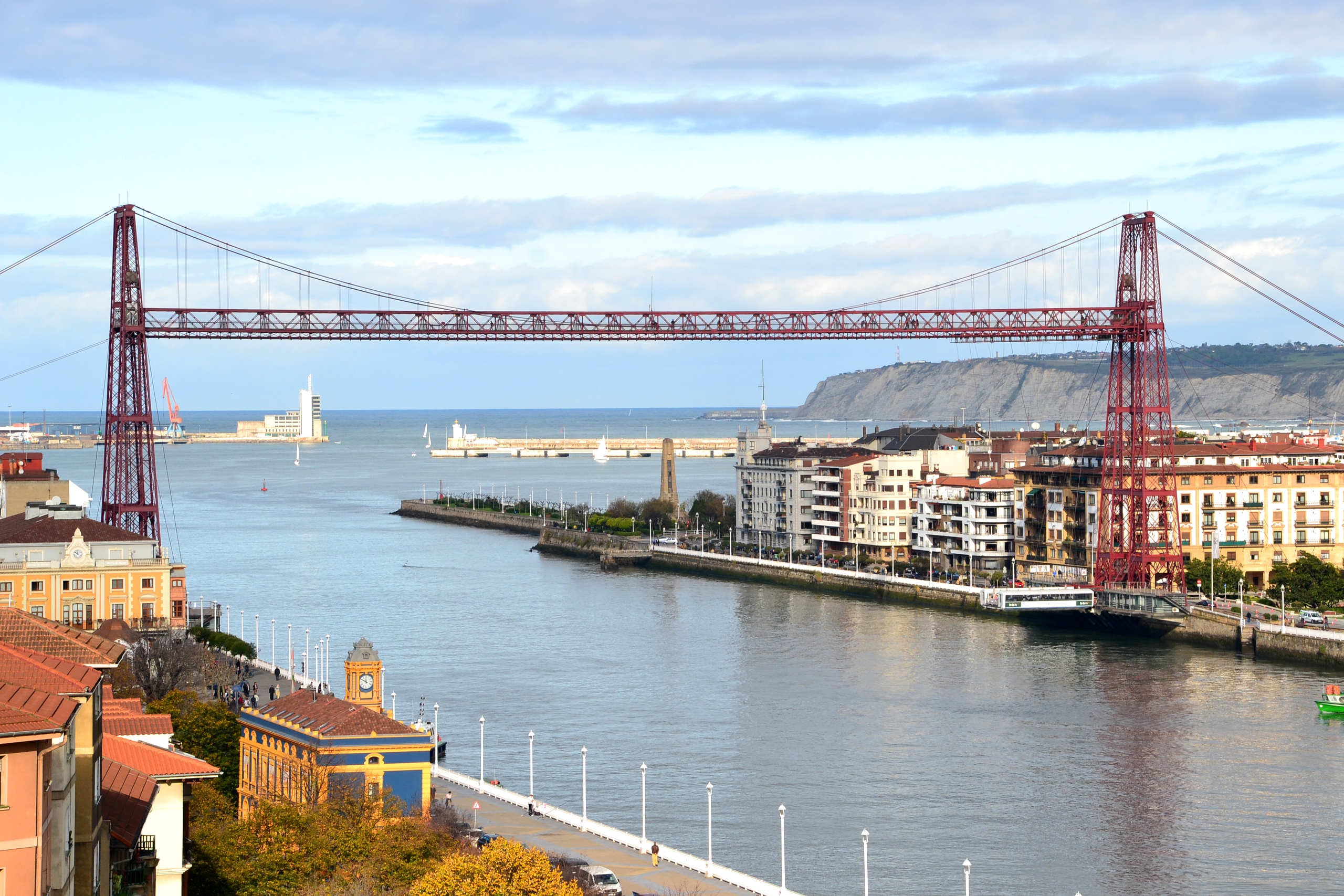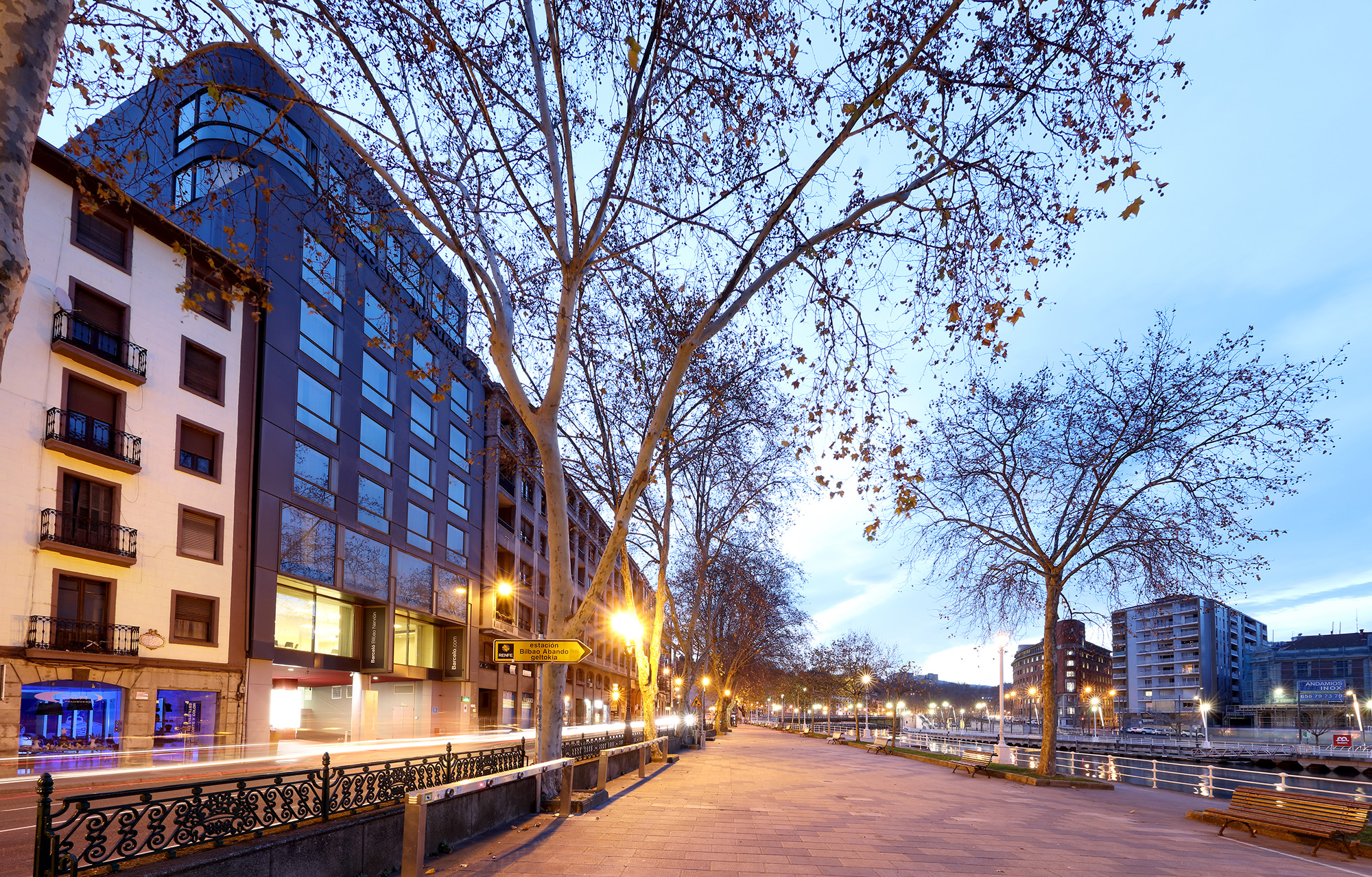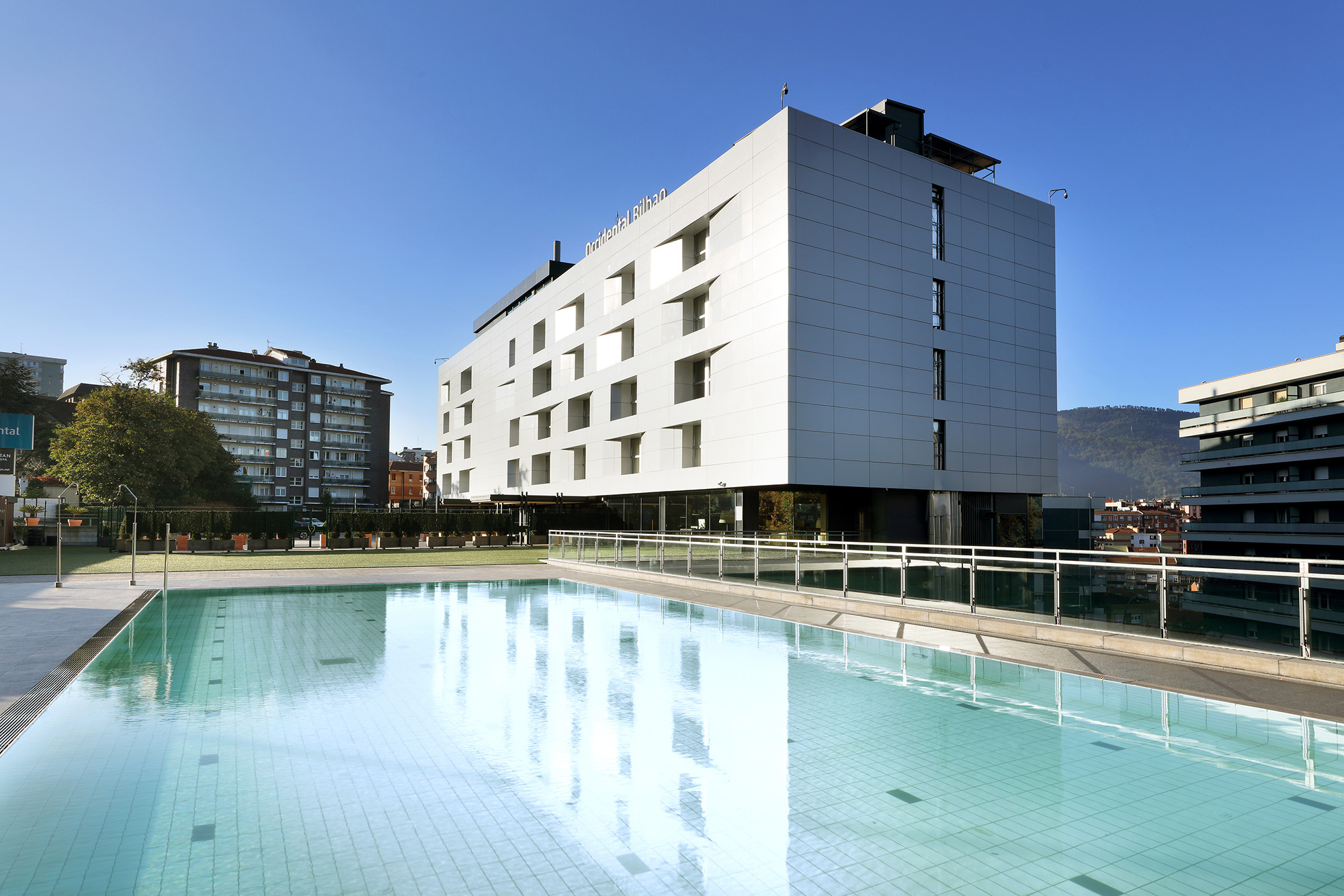Plaza de Don Federico Moyúa, Plaza de Moyúa or Plaza Elíptica, as it is commonly known, is one of the most important hubs in Bilbao. The square, which some of the city’s main roads run into, was built in the 1940s according to the design of Luis Salinas. Oddly enough, his son Manuel Salinas was commissioned to revamp the space 60 years later, respecting its original oval shape and the eye-catching French and English-style flower beds.
Among the modifications that were implemented for the 1997 remodelling are some modern steel lampposts and functional benches. What’s more, to the delight of residents, its original emblematic fountain was restored. The square is a traditional meeting point for both the people of Bilbao and tourists, especially for accessing surrounding places by foot.
A square in a prime location
Plaza de Moyúa is situated right in the heart of Bilbao, mid-way along the Gran Vía de Don Diego López de Haro (or just Gran Vía to locals) and is dedicated to Federico Moyúa, one of the city’s former mayors. Lining the square, which spans 11,450 square metres, are buildings that nod to the high status that Bilbao attained in the nineteenth and twentieth centuries.
Some of the most emblematic buildings include the Carlton Hotel, those occupied by the National Tax Administration Office and the Provincial Government (in Palacio Chávarri), the La Aurora building, Casa Montero and Casas de Ramón de la Sota.
One of the most majestic façades belongs to the aforementioned Carlton Hotel, among the most notable works of the architect Manuel María Smith. It is a free-standing structure built in the architectural style of the Second Empire in line with nineteenth-century hotel trends. It had a dual function, as it was part offices and part hotel, and had huge symbolic importance due to being the seat of the first Basque Government.
Chávarri Palace, which looks onto Plaza Elíptica, is a fine example of Bilbao’s architecture in the late nineteenth century. The building’s colour and composition is particularly striking, with an array of different style windows, and its roof is spectacular. It was built as the residence of the entrepreneur Víctor Chávarri, Marquess de Triano, who had studied in Liège and wanted his palace to evoke the Flemish Renaissance style. The person responsible for the project was the Belgian architect Paul Hankar, who took inspiration from Hôtel Zegers-Regnard in Brussels.
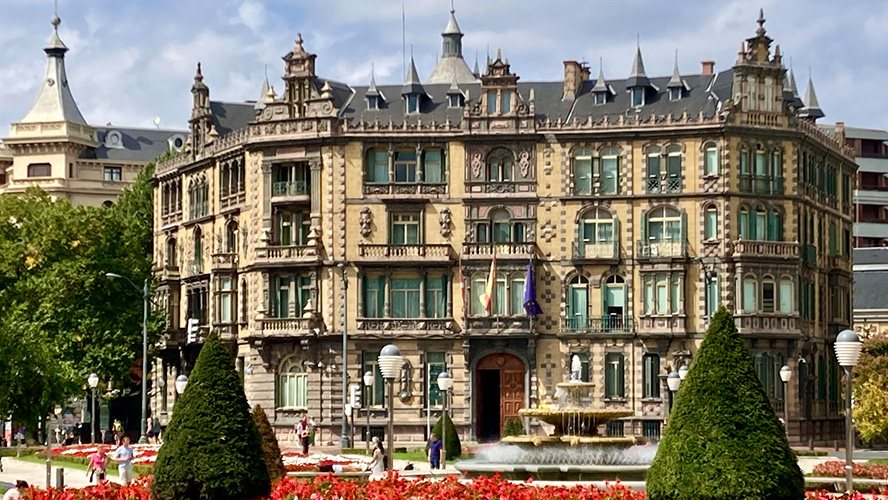
Particularly unique and monumental in appearance is the La Aurora building, a construction made for a mixed function as headquarters of an insurance company and homes. The architect Manuel Ignacio Galíndez was commissioned to design the building in 1931 with a proposal that adapted to the curves of the square. On first glance one can detect different levels in its composition: on both the ground floor and the first floor the stone is a dark colour as opposed to that used in the rest of the building.
At number 3 Plaza de Moyúa stands an impressive edifice built in the national style that houses the National Tax Administration Office. The project was completed between 1942 and 1953 by the architect Antonino Zobaran. This type of architecture, which upheld the style of the Spanish Empire of the sixteenth century and classicism, was not very successful in Biscay, although it was employed in various institutional buildings.
Other places close to Plaza Elíptica
Although Casa Montero doesn’t look directly onto Plaza Elíptica, it is a must-visit due to the beauty of its construction—the only example of modernism in Bilbao—and because of its status as a Historical and Artistic Heritage Site. It is situated at number 34 Calle Alameda Recalde and is known as Casa Gaudí, as it boasts features reminiscent of those used by the architect Antoni Gaudí. The architect responsible for the project, Luis Aladrén, also designed the Provincial Council Hall.
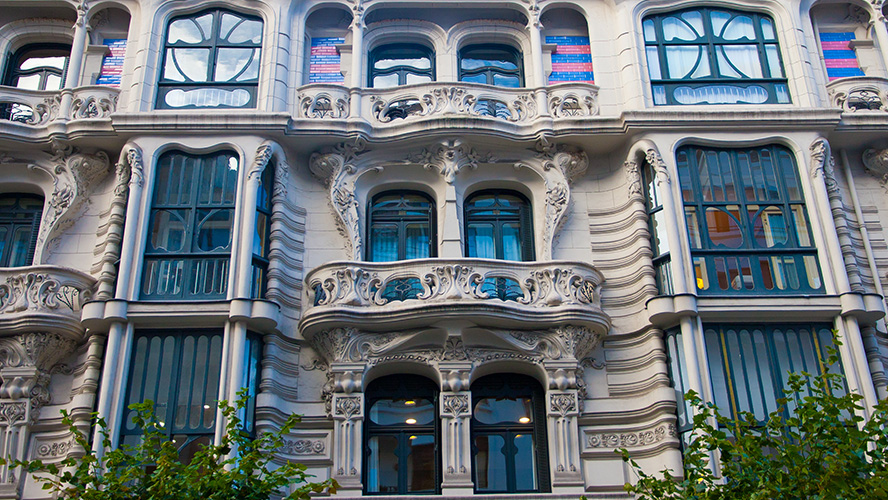
At number 45 on the neighbouring Gran Vía Don Diego López de Haro is another grand piece of architecture built as a residence for Bilbao’s bourgeoisie. Known as the Casas de Ramón de la Sota, it was built in the regional style with highland influences characteristic of the mountainous regions of northern Spain. Its façade adorned with arches, eaves and decorated windows makes it easily recognisable.
Walks from Plaza Moyúa
Walking through this square and enjoying its colourful gardens is a delight, but it is also a great starting point for reaching the city’s green lung, Doña Casilda Park. Its paths, monumental fountains, pond and gondola invite you to relax, and if travelling to Bilbao with kids it is the ideal place thanks to its play park. On one side of the park is the Fine Arts Museum, which boasts the largest collection of works by Basque artists in the world and a great selection of works by Spanish artists such as El Greco, Ribera, Murillo, Zurbarán, Paret and Goya.
Around the square you can also go shopping, as brands such as Guess, Boss and Dockers all have shops nearby. And, naturally, an energetic day of shopping must be interspersed with some excellent Basque food, either in the form of pintxos or more formal restaurants.




































































